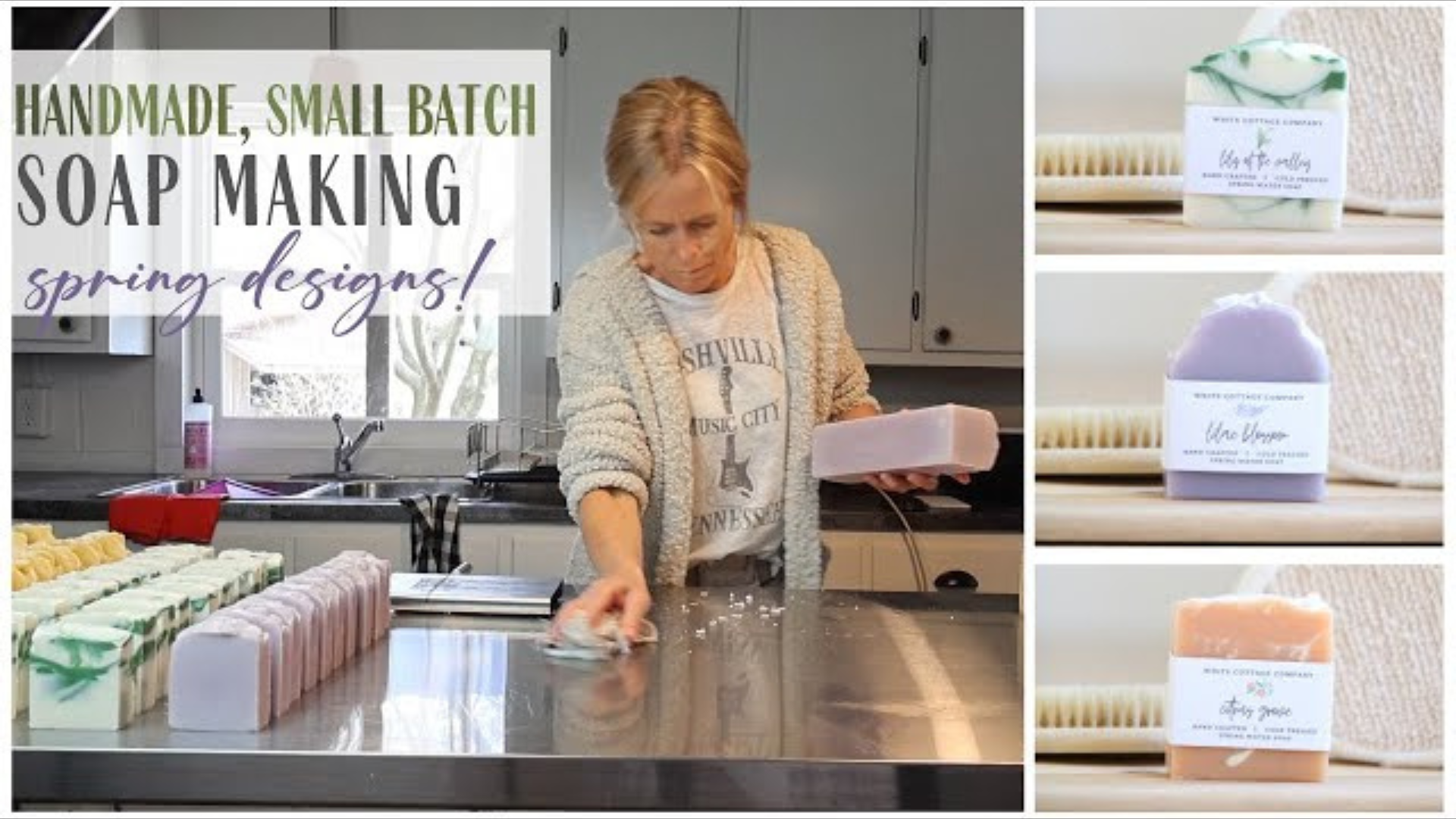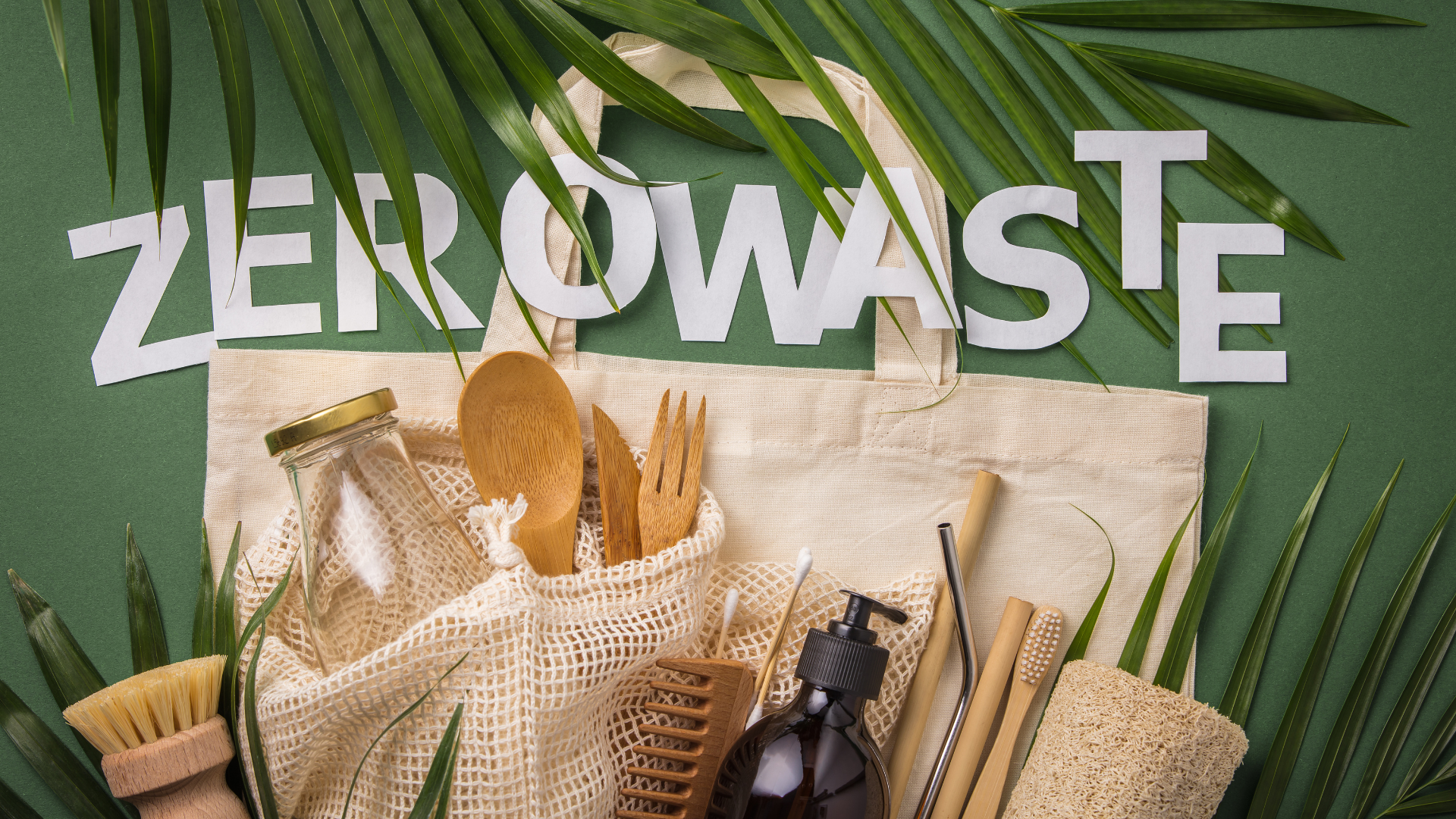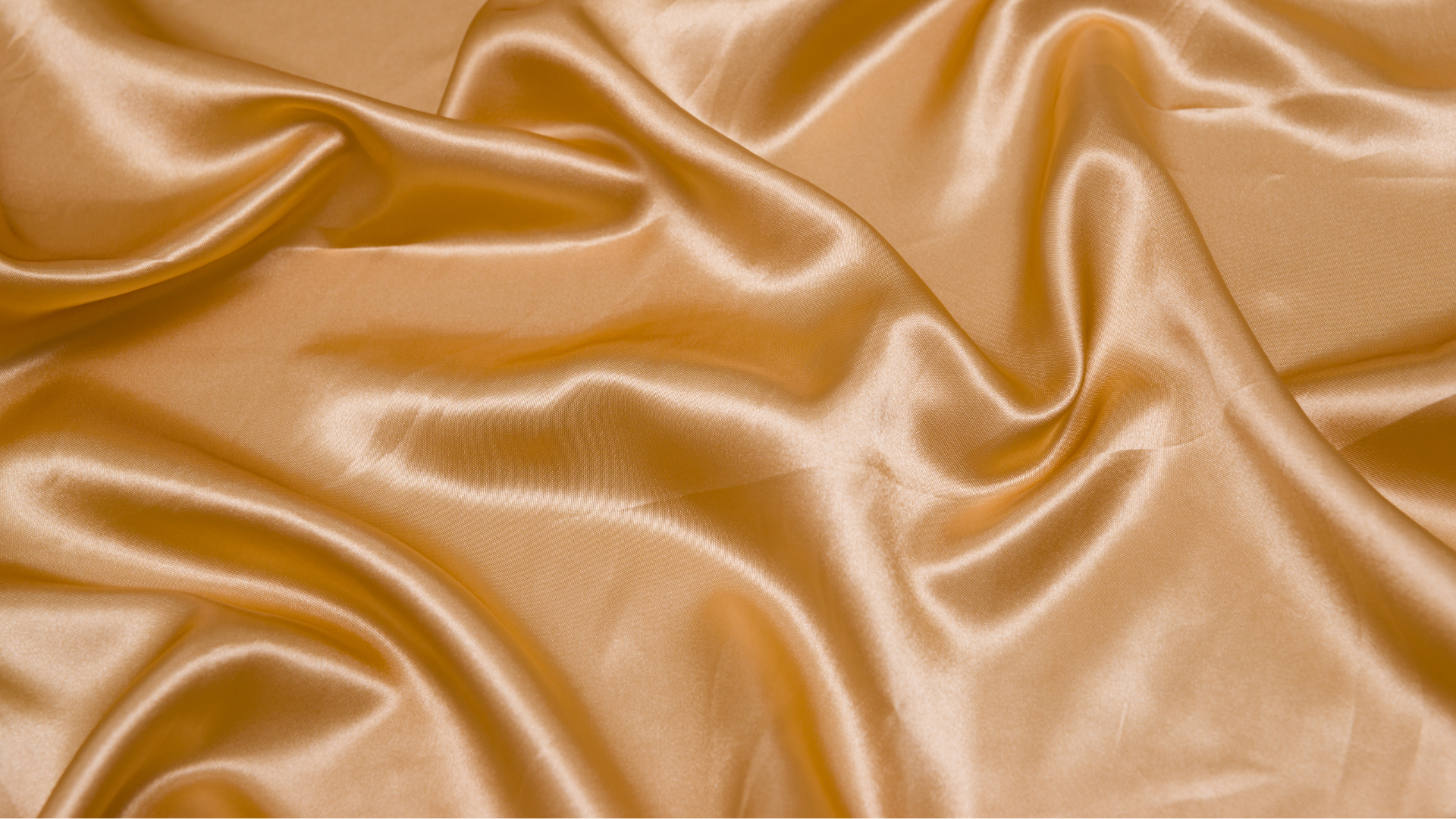How to choose a moisturizer based on its key ingredients.
Moisturization is a cornerstone of a healthy skincare routine, helping to maintain your skin’s hydration and barrier function. A good moisturizer does more than just hydrate the skin – it helps to protect, smooth, and replenish the skin’s surface, preventing moisture loss and ensuring that the skin stays plump, soft, and resilient.
However, choosing the right moisturizer isn’t always straightforward. With a vast array of formulations available, understanding the key ingredients and their roles can empower you to make an informed decision tailored to your skin’s needs.
At Sustai Market, we pride ourselves on providing sustainable, high-quality skincare options that are both effective and eco-friendly. Through our Sustai Score and Sustai Badges, we help our customers choose products that not only meet their skincare needs but also support a healthier planet. In this article, we’ll dive into the three main types of moisturizing ingredients: occlusives, humectants, and emollients. Understanding these ingredients will help you select the best moisturizer for your skin type and concerns, while aligning with your values of sustainability and environmental responsibility.
What Are Occlusives?
Definition and Role
Occlusives are ingredients that form a protective barrier on the skin’s surface, preventing moisture from evaporating. They are particularly beneficial for individuals with dry or compromised skin, as they help to lock in hydration, ensuring that the skin remains moisturized throughout the day or night. Occlusives are ideal for maintaining skin hydration in harsh weather conditions, such as winter or areas with low humidity.
How Occlusives Work
Occlusives create a physical layer over the skin that helps to trap moisture and keep external irritants at bay. They are thicker and more substantial than other types of moisturizing ingredients, which is why they are often used in richer creams and balms. Their primary function is to prevent transepidermal water loss (TEWL), which is when moisture evaporates from the skin’s surface.
Examples of Common Occlusive Ingredients
-
Petroleum Jelly: A widely used occlusive, often found in budget-friendly skincare products.
-
Shea Butter: A natural occlusive derived from the nut of the shea tree, known for its nourishing and moisturizing properties.
-
Beeswax: A natural wax that forms a protective barrier on the skin.
-
Lanolin: A fatty substance derived from the wool of sheep, known for its excellent emollient and occlusive properties.
-
Plant Oils: Coconut oil, olive oil, and jojoba oil are common plant-derived occlusives, providing additional nutrients to the skin while locking in moisture.
Who Benefits from Occlusives?
Occlusives are especially helpful for those with dry skin, eczema, or other conditions where moisture retention is key. If you live in a cold climate or experience seasonal changes that cause your skin to become flaky or tight, occlusive-rich moisturizers can offer significant relief. However, those with oily or acne-prone skin may want to avoid heavy occlusives, as they can contribute to clogged pores and breakouts.
Sustai Market Tip: When selecting an occlusive-rich product, check for Sustai Badges to find options that are sustainably sourced, such as plant-based oils and butters. At Sustai Market, we ensure that occlusives are ethically harvested to protect the environment while supporting skin health.
What Are Humectants?
Definition and Role
Humectants are ingredients that draw moisture from the environment and pull it into the skin. These ingredients are known for their ability to hydrate the skin by attracting water from both the air and deeper layers of the skin, improving overall moisture levels. Humectants help keep the skin hydrated by maintaining water balance, especially in dry climates or during the colder months.
How Humectants Work
Humectants act like a magnet, attracting water molecules to the skin. They help to increase the water content in the skin’s outer layers, which keeps the skin plump, smooth, and elastic. While humectants are highly effective for hydration, they work best when paired with other moisturizing ingredients like occlusives and emollients, which help to seal in that moisture.
Examples of Common Humectant Ingredients
-
Glycerin: One of the most common humectants found in skincare. It’s a powerful hydrating ingredient that draws moisture to the skin and helps retain it.
-
Hyaluronic Acid: A naturally occurring substance in the skin, hyaluronic acid can hold up to 1000 times its weight in water, making it one of the most effective humectants.
-
Urea: A naturally occurring compound in the skin, urea hydrates the skin by attracting moisture and is often found in products for dry or rough skin.
-
Aloe Vera: Known for its soothing properties, aloe vera is a gentle humectant that also helps to calm irritated or sensitive skin.
-
Honey: A natural humectant with anti-bacterial and anti-inflammatory properties, honey draws moisture while providing added nourishment.
Who Benefits from Humectants?
Humectants are suitable for all skin types, especially those needing hydration without heaviness. Individuals with oily or acne-prone skin can also benefit from humectants, as they provide hydration without clogging pores or feeling greasy. Those with dry or dehydrated skin will see significant improvements when humectants are incorporated into their skincare routine, as they help to replenish moisture levels.
Sustai Market Tip: Humectants like aloe vera and honey can be found in sustainably sourced, cruelty-free products at Sustai Market. Look for our Sustai Badge for products that combine efficacy with ethical sourcing.
What Are Emollients?
Definition and Role
Emollients are ingredients that soften and smooth the skin by filling in the gaps between skin cells. They work to improve the skin’s texture and elasticity, providing a smooth, supple feel. Emollients also help prevent moisture loss and enhance the overall appearance of the skin by making it look more even and hydrated.
How Emollients Work
Emollients help to restore the skin’s barrier function, making it feel softer and smoother. They are often included in moisturizers to complement the hydrating effects of humectants and to provide long-lasting softness. Emollients are ideal for those with rough, flaky, or irritated skin, as they help to improve skin smoothness and provide a soothing effect.
Examples of Common Emollient Ingredients
-
Jojoba Oil: A natural oil that closely resembles the skin’s own sebum, jojoba oil is highly emollient and helps to smooth and hydrate the skin.
-
Squalane: A lightweight, non-comedogenic emollient derived from olives or sugarcane, squalane is known for its ability to hydrate and soften the skin.
-
Ceramides: Lipid molecules found naturally in the skin, ceramides help to restore and maintain the skin’s moisture barrier, improving texture and preventing moisture loss.
-
Fatty Acids: Derived from plant oils, fatty acids are emollients that help to reinforce the skin barrier and retain moisture.
Who Benefits from Emollients?
Emollients are particularly beneficial for individuals with dry, sensitive, or irritated skin. Those who suffer from conditions such as eczema, psoriasis, or rosacea can benefit from emollient-rich moisturizers that help to repair and protect the skin’s surface. Emollients are also helpful for smoothing rough, flaky skin, making them an excellent choice for those with uneven skin texture.
Sustai Market Tip: Our Sustai Badges ensure that emollients used in our products are sustainably sourced, offering natural, plant-based options like jojoba oil, squalane, and ceramides for your skincare routine.
Layering Occlusives, Humectants, and Emollients in Your Skincare Routine
Understanding how to layer these moisturizing ingredients is key to creating an effective skincare routine. The ideal order of application is:
-
Cleanse: Start with a gentle cleanser to remove dirt, oil, and impurities.
-
Humectants: Apply a product that contains humectants like hyaluronic acid or glycerin to hydrate the skin and draw moisture in.
-
Emollients: Follow with an emollient-rich moisturizer to soften and smooth the skin, providing comfort and improving texture.
-
Occlusives (if needed): Finish with a heavier occlusive layer, such as petroleum jelly or a thick balm, to lock in moisture and protect the skin’s barrier.
Sustai Market Tip: Our Sustai Score helps you identify the best moisturizers that combine these ingredients to support your skin’s needs. Whether you’re looking for a lightweight gel or a rich cream, we have options for every skin type.
How to Choose the Right Moisturizer for Your Skin Type
Choosing the right moisturizer involves understanding your skin’s unique needs, as well as recognizing how different ingredients affect your skin. In this section, we’ll break down which ingredients to look for based on your skin type and skin concerns.
1. For Dry Skin
Dry skin needs extra moisture and protection, especially in areas with low humidity or cold climates. Look for moisturizers that contain occlusives (like shea butter or petrolatum) to lock in moisture and create a barrier. Humectants such as glycerin and hyaluronic acid will draw moisture into your skin, while emollients like squalane and jojoba oil will help soften the skin and restore smoothness. A thicker moisturizer will provide longer-lasting hydration and prevent moisture loss.
Sustai Market Tip: For dry skin, consider our rich, deeply hydrating moisturizers with a Sustai Badge for ethical, sustainably sourced ingredients. We recommend products that feature both humectants and occlusives for maximum hydration, such as products containing aloe vera and beeswax.
2. For Oily Skin
Oily skin requires moisture, too, but without the heaviness that can clog pores or exacerbate breakouts. Lightweight humectants like hyaluronic acid and glycerin can be used in gel-based moisturizers that hydrate without making the skin feel greasy. Emollients like squalane, a non-comedogenic emollient, can help soften the skin without contributing to excess oil. Avoid heavy occlusives unless your skin is very dehydrated, as they may worsen oil production.
Sustai Market Tip: Look for oil-free, water-based moisturizers that offer Sustai Score ratings for sustainability and environmental responsibility. Our gel moisturizers with hyaluronic acid and aloe vera offer lightweight, breathable hydration, perfect for oily or acne-prone skin.
3. For Sensitive Skin
Sensitive skin requires gentle, non-irritating ingredients that provide hydration without causing redness or inflammation. Look for moisturizers with emollients like ceramides or jojoba oil, which help soothe and strengthen the skin’s protective barrier. Humectants like aloe vera and honey are also ideal, as they provide hydration and have calming properties. Avoid products with strong fragrances, alcohols, or other known irritants.
Sustai Market Tip: For sensitive skin, we suggest opting for moisturizers with calming ingredients like calendula and chamomile, which have anti-inflammatory properties. Our products with Sustai Badges prioritize clean, hypoallergenic formulations to ensure they meet the needs of sensitive skin.
4. For Combination Skin
Combination skin presents a unique challenge as different areas of the face may require different treatments. Look for a balancing moisturizer that offers lightweight hydration in areas with oiliness, like the T-zone, while also providing rich moisture for drier areas. A gel cream formulation with humectants like hyaluronic acid can be a great option, as it hydrates without feeling heavy or greasy.
Sustai Market Tip: Our multi-purpose moisturizers with Sustai Score ratings combine the best of both worlds, offering both humectants and emollients to cater to combination skin’s different needs. These products work well to balance moisture levels across the skin’s diverse zones.
High-Risk Ingredients in Moisturizers
While many ingredients can benefit your skin, there are certain substances you may want to avoid, especially if you have sensitive or reactive skin. Here are some of the ingredients to watch out for in moisturizers:
-
Parabens: Synthetic preservatives that may cause skin irritation and allergies.
-
Fragrances: Artificial fragrances can be irritating to sensitive skin and may cause allergic reactions.
-
Alcohols: While some alcohols can be beneficial in skincare, drying alcohols like isopropyl alcohol can strip the skin of natural oils, exacerbating dryness.
-
Sulfates: Harsh cleansing agents that can dry out the skin and strip it of its natural moisture.
Sustai Market Tip: At Sustai Market, our Sustai Score ensures that products are free from harmful chemicals like parabens and sulfates, while prioritizing natural, skin-friendly alternatives. We provide options that align with your ethical and environmental values, including cruelty-free and vegan moisturizers.
How to Layer Moisturizing Ingredients for Maximum Effectiveness
Layering moisturizers correctly is essential to achieving optimal hydration, especially when incorporating humectants, emollients, and occlusives. Below is a simple guide to layering these ingredients based on your skin’s needs:
-
Start with a Cleanser: Choose a gentle, hydrating cleanser that will not strip your skin of its natural oils. For a sustainable approach, opt for cleansers that are free from harsh chemicals and feature Sustai Badges for sustainability.
-
Apply a Humectant: After cleansing, apply a product with humectants like glycerin or hyaluronic acid to draw moisture into the skin. These ingredients help bind water to the skin and provide an instant boost of hydration. Use serums or light gel formulations for the best effect.
-
Use an Emollient: Follow up with a moisturizer containing emollients like squalane or ceramides. These ingredients will soften and smooth the skin, providing a more even texture and reducing flakiness.
-
Seal with an Occlusive: If your skin is very dry or in need of extra protection, apply a thick layer of occlusive ingredients such as petroleum jelly or beeswax to lock in the moisture and protect the skin’s barrier.
Sustai Market Tip: For those with complex skin needs, we offer combination moisturizers that include humectants, emollients, and occlusives in one product, reducing the need for layering while ensuring maximum hydration. Be sure to check our Sustai Score for sustainable product options.
Eco-Friendly and Sustainable Moisturizing Solutions
When choosing a moisturizer, it’s not only important to consider your skin’s needs but also the impact on the environment. At Sustai Market, we believe in providing high-quality, sustainable skincare solutions. Here are some ways to support the planet while moisturizing:
-
Plant-Based Ingredients: Opt for moisturizers with natural, plant-based oils like jojoba, coconut oil, and shea butter. These ingredients are often more sustainable and biodegradable.
-
Minimal Packaging: Many sustainable brands use eco-friendly packaging like glass or recyclable plastic, reducing waste in the beauty industry.
-
Cruelty-Free Certification: Look for products that are certified cruelty-free, ensuring that animals were not harmed during the production of skincare products.
Sustai Market Tip: Explore our sustainable beauty products that feature the Sustai Badge, ensuring that your moisturizing choices are both effective and environmentally responsible. We offer cruelty-free, vegan, and sustainable moisturizing solutions to support your beauty routine and the planet.
Final Thoughts
Moisturizing is an essential part of any skincare routine, but choosing the right product can be a challenge. By understanding the differences between occlusives, humectants, and emollients, you can make informed decisions to find the moisturizer that best suits your skin type, lifestyle, and values. At Sustai Market, we aim to empower you to make choices that not only nurture your skin but also reflect your commitment to sustainability and ethical practices.
Remember, everyone’s skin is unique, and a personalized skincare routine that incorporates these key ingredients can help you achieve the healthy, glowing skin you’ve always desired.
For more helpful skincare tips and product recommendations, check out our blog categories for Personal Care & Beauty and Sustainable Living.


















